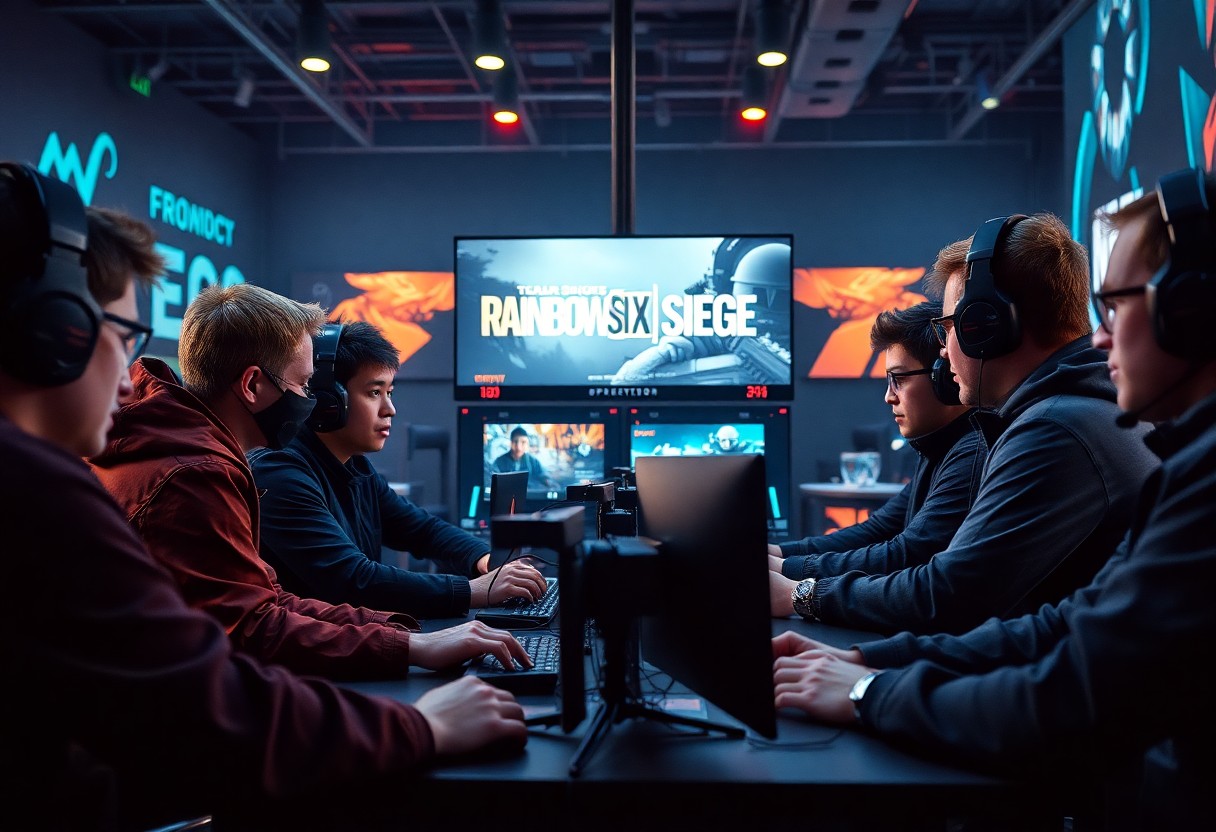With the competitive landscape of Rainbow Six Siege constantly evolving, operator bans have emerged as a pivotal aspect of team strategy within the game. Each match begins with a phase where teams can ban certain operators from being selected, which directly influences how the rest of the operators are chosen and how rounds are approached. This unique mechanic adds another layer of depth to team compositions, requiring squads to adjust their tactics based on not only their own choices of operators but also those removed from play by the opposing team.
The operator ban phase generally takes place before the match itself, wherein each team gets to eliminate two operators from the pool. This selection process can be strategic, with teams opting to ban operators that they consider overpowered, or those that might have a critical synergy with their opponents’ likely strategies. For example, if a team is aware that their rival favors a fast-paced playstyle utilizing operators with excellent roaming capabilities, they may choose to ban high-mobility attackers or defenders who can outmaneuver them and provide intelligence, such as Jäger or Valkyrie.
This ban phase not only affects the available operators but also requires teams to develop a diverse set of strategies. When certain operators are taken out of play, it forces teams to shift away from their initial game plan. For instance, if an necessary support operator like Thermite or Hibana is banned, attackers may have to reconsider their entry points and site repellents, instead relying on alternatives like Twitch or Ace to breach reinforced walls. Thus, the ability to adapt to the ban phase can make a significant difference in the outcome of the game.
Moreover, the banning phase also serves as a psychological arena where teams can attempt to read each other’s intentions and potential strategies. By analyzing previous matches and noted patterns of operator preference, teams can make informed decisions that counter the likely strategies of their opponents. This mindset means that operators who may not be common in certain maps can become targets for bans simply based on their effectiveness against a team’s favored tactics.
As team dynamics change and the meta evolves, the bans and the strategies surrounding them also must adapt. Players often stay up to date on patch notes and outlooks from professional play to gauge which operators are currently favorable to use or to eliminate in a ban phase. The community around Rainbow Six Siege frequently discusses shifts in operator viability, leading to meta changes that can drastically alter the competitive landscape. In recent seasons, as teams continue to innovate, bans can often shift toward targeting specific playstyles rather than just operator abilities, making this aspect even more in-depth.
To summarize, operator bans in Rainbow Six Siege represent a sophisticated layer of strategic complexity that extends far beyond merely selecting characters. Teams must gauge their opponents’ strengths and weaknesses, adjust their own plans accordingly, and foster adaptability in their approach. This makes every match an exercise in planning and adaptation where anticipating the opponent’s next move can be just as vital as executing one’s own strategy.





